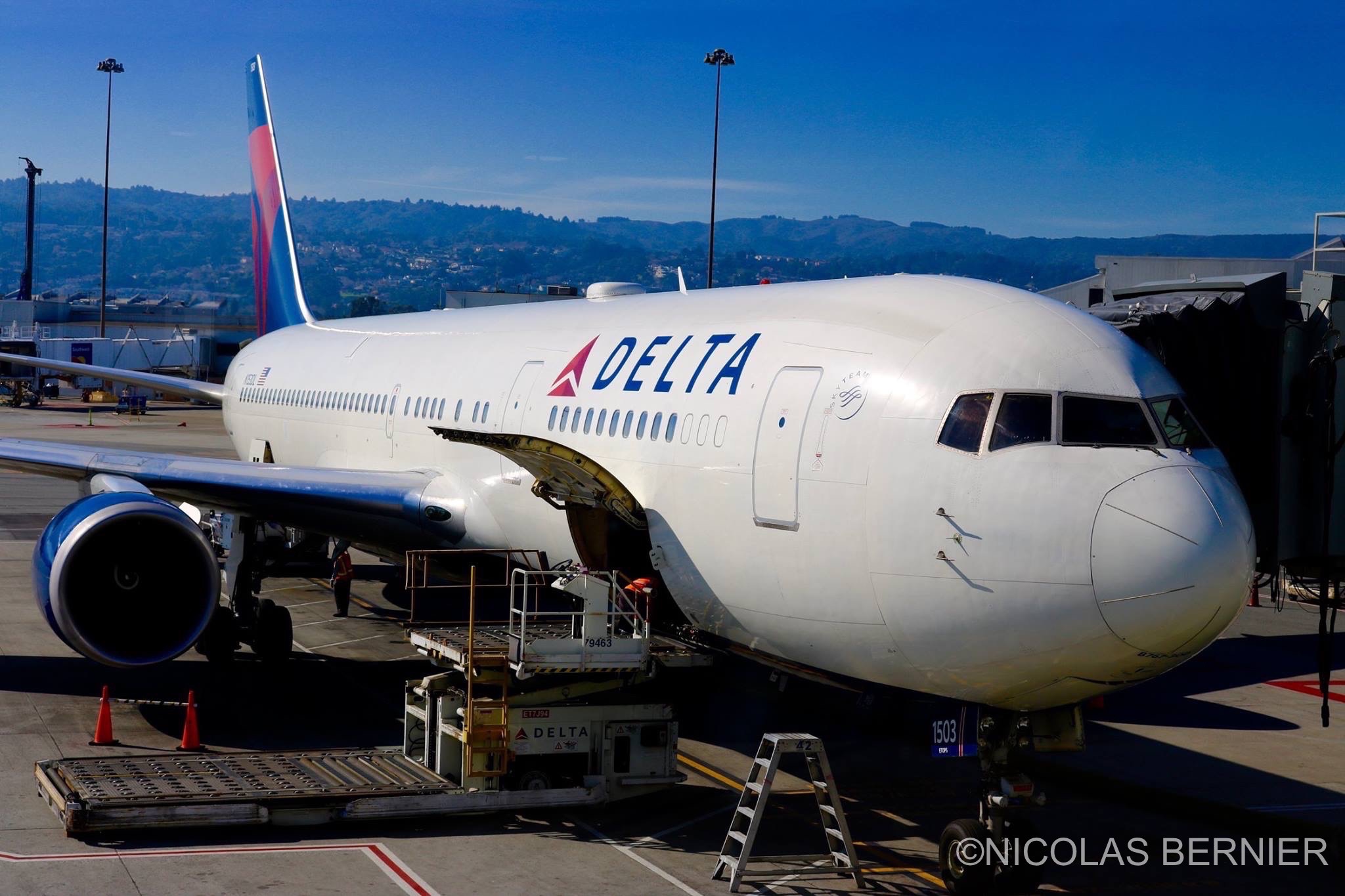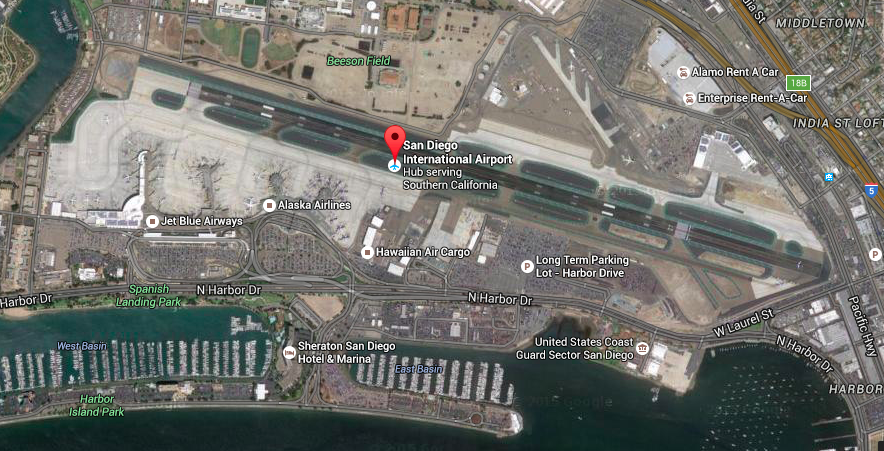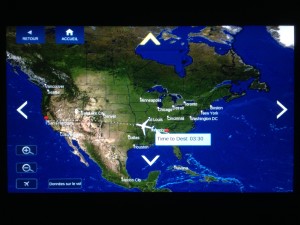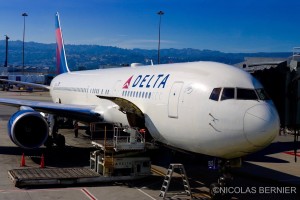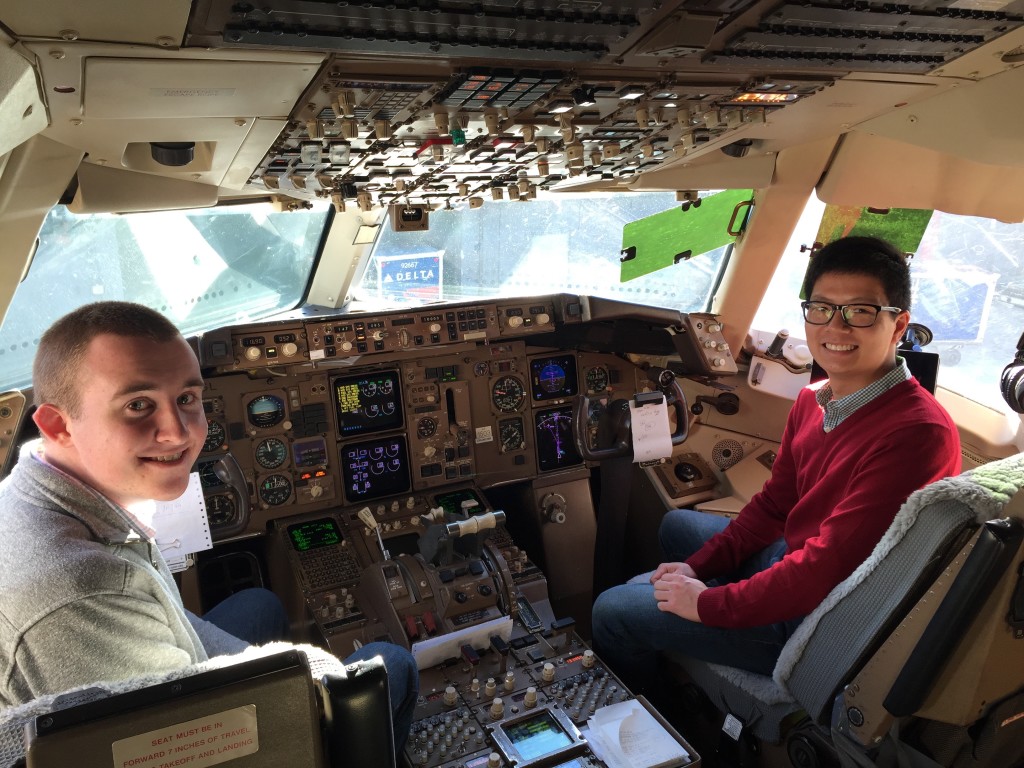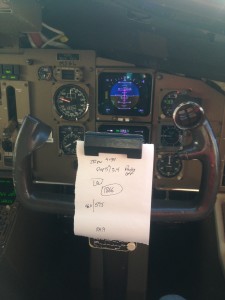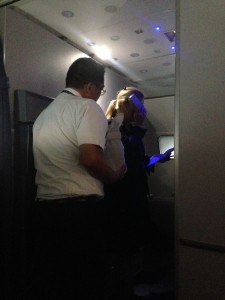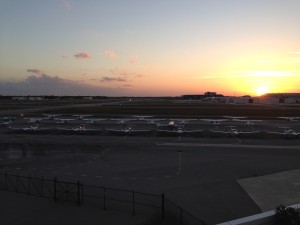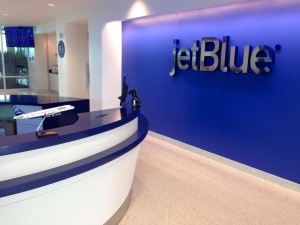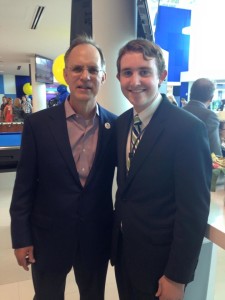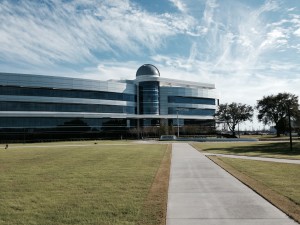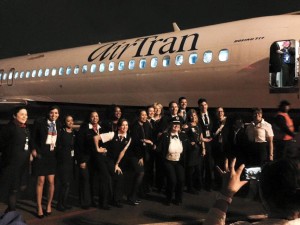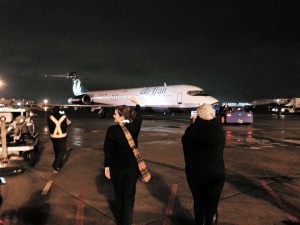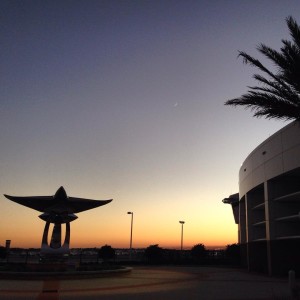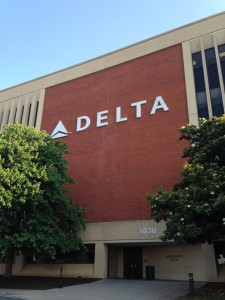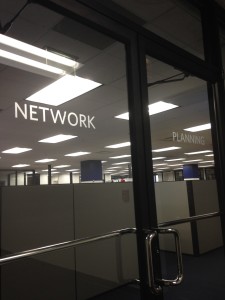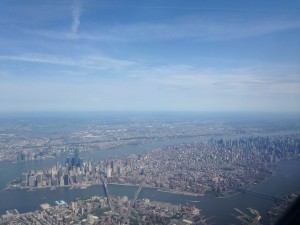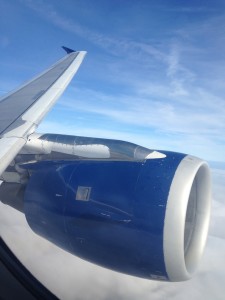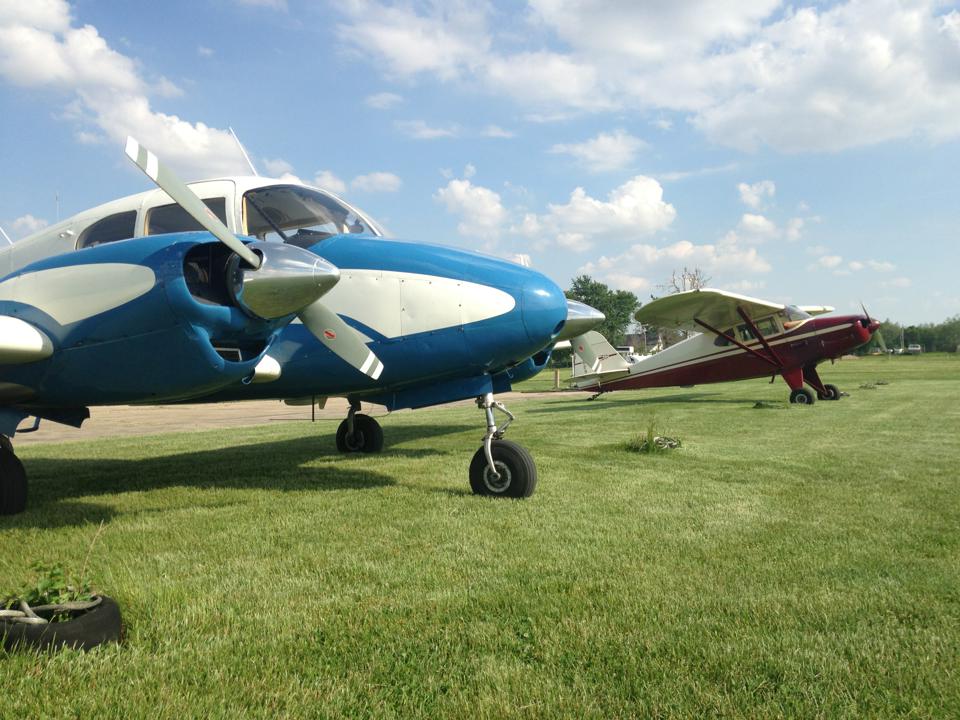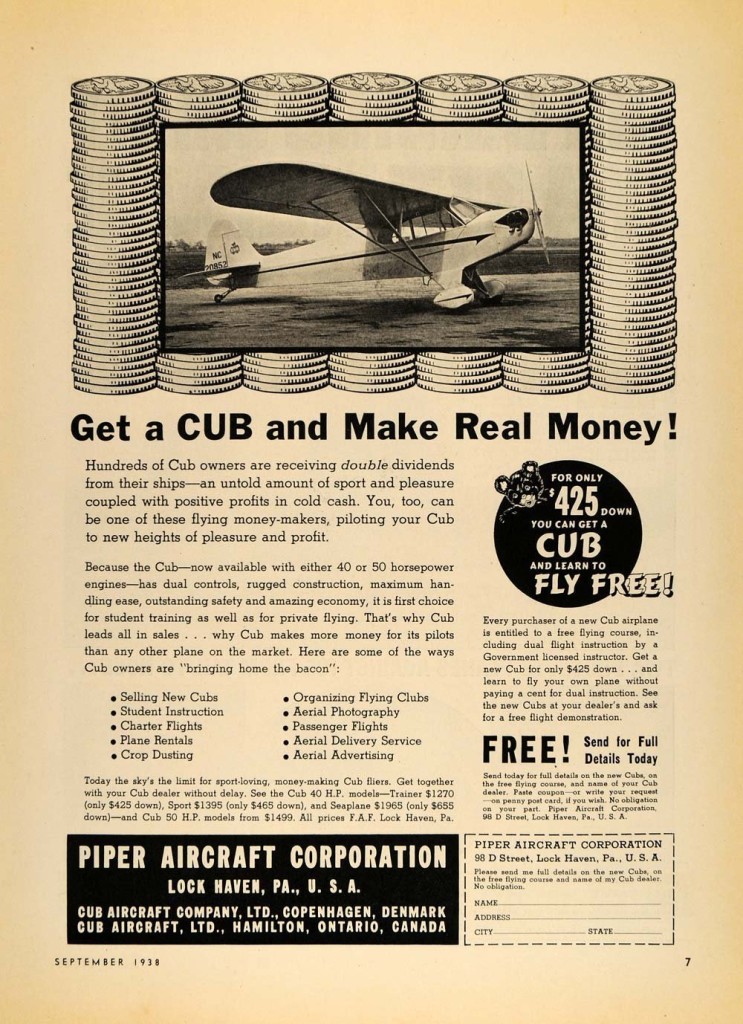Summer is only a few weeks away which means that projects and final exams are approaching quickly. I have three aviation-related projects due in the next two weeks. Yes, you saw the words exciting and projects go together in my title. This is probably one of the first time that I’m in school and I’m working on projects that are not boring. If you are a prospective Aviation Business student or you are just interested in the world of airports and airlines, I’m sure you will enjoy this story!
Airline-Airport Operations
The first group project is in my Airline-Airport Operations class. We have to write a report analyzing the relationship between airlines and airports. In our group, we have decided to do it on the effects of an airline merger on a hub airport. More specifically questioning if Delta Air Lines should keep Cincinnati Northern/Kentucky International Airport (CVG) as part of one of its hubs. CVG is located between Atlanta and Detroit, and many of its routes are overlapping with the two cities mentioned. In the past few years, the airline has greatly reduced the number of flights in Cincinnati. When airlines merge, it often happens that at least one of its hubs will close. For example, when Continental merged with United in 2012, Cleveland lost its status of a hub. Cleveland is located right between Newark and Chicago (two of United’s hubs), making it inefficient to operate a hub due to its close distance between the two cities.
International Aviation Management
In my International Aviation Management class, each team was assigned a different topic related to aviation operations in Europe. We have to identify potential markets for Aegean Airlines to develop. The largest airline of Greece faces competition all over Europe, Africa, and the Middle East. Our group focused on European ultra low-cost carriers (ULCCs). We are analyzing the markets that are currently not served by large low-cost carriers such as Ryanair, EasyJet, and Vueling. Our goal is to recommend Aegean new destinations to fly to.
Airport Management
Finally, my last project is for my Airport Management class. For this project, our class needs to determine if San Diego International Airport (Lindberg Field) should stay where it is right now or if the airport should be relocated in an area with more space.
As you can see from the image above, the airport is very limited in growth due to its geography. There is the interstate at the east of the airport and water and ports surrounding the south and west of the airfield. Further, there are industrial buildings and a small residential neighborhood at the north of San Diego International Airport. The airport also operates with a single runway system which limits the number of flights the airport can handle in a day. The runway length (9,400ft / 2,865m) is a factor that limits the number of international flights. In hot temperatures, aircraft require more runway length to lift off the ground than usual. With a longer runway, the airport could potentially welcome new airlines and offer more destinations to the San Diego residents.
I hope you enjoyed my brief overview of my aviation projects. Have a great week and keep in mind that summer is almost here.
Until next time!
Nicolas
Contact the author at berniern@my.erau.edu


